We compiled the most important statistics about St. Charles County’s growth trajectory by 2030, according to the county’s master plan.
In this report on St. Charles County, we will cover:
- Population growth and projections
- Economic growth
- Housing development and projections
- Land use projections and growth
Key Takeaways
- By 2030, an estimated 470,437 residents will be in St. Charles County.
- 77% of the population growth is expected on the county’s western side.
- Cottleville has been the fastest-growing city in St. Charles County, with an 83.89% increase in population from 2010 to 2020.
- Between 1992 and 2020, St. Charles County gained $3.39 billion in taxpayer wealth from St. Louis County.
Why is St. Charles County growing so quickly?
The St. Louis region is seeing a westward expansion within the I-70 and I-64 corridors.
This trend has been happening for decades, and St. Charles County has grown substantially because of it. This westward expansion includes:
- New residential construction
- Commercial development
- Infrastructure improvement
- Expansion of public utilities
The rapid movement west can be primarily attributed to the abundance of inexpensive land and a good network of streets and highways.
Compared to St. Louis County and St. Louis City, St. Charles County has far more land available for new development. It’s also cheaper.
Given how much the county has developed over the last 20 years, there is still plenty of land ready for development.
Population Trends, Economic Growth, and Housing in St. Charles County
St. Charles County is the fastest-growing county in Missouri. It’s one of 11 counties plus the independent City of St. Louis that comprise the St. Louis Metro Area, home to 2.8 million residents.
St. Charles County is also the third most populated county in Missouri, with approximately 413,803 residents according to 2022 estimates from the Census.
In the St. Louis region, it’s the second most populated county.
The only county in the St. Louis metro with a higher population is St. Louis County, with 990,414 residents (2022 census estimate).
Rapid Population Growth in St. Charles County
Between 1950 and 2000, St. Charles County saw a population increase of approximately 853 percent.
From 2000 to 2010, the population grew by almost 27% while the state of Missouri saw 7% growth. For reference, the national U.S. average was a 9.3% increase in population during the same period.
St. Charles County Population Growth
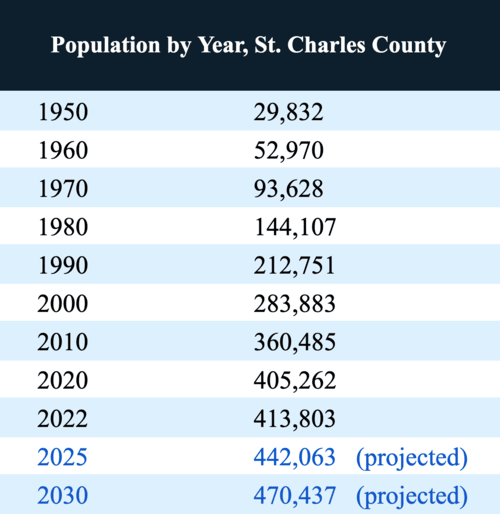
23 years ago, the population in St. Charles County was 283,883 (2000 census).
There was a 26.98% increase from 2000 to 2010, resulting in a population of 360,485 (2010 census).
The 2020 census reported a 12.42% increase from 2010 to 405,262 residents. In 2022, the county estimated a population of 413,803.
Here’s where the county estimates its population will be in a few years:
- 442,063 by 2025
- 470,437 by 2030 (Projection via Cohort-Survival Method)
This means there will be an estimated 15.97% increase in population from 2020 to 2030.
High Growth Areas in St. Charles County
While St. Charles County has seen significant growth, it’s not spread evenly across the county.
A large portion of St. Charles County’s population growth has occurred within the “Golden Triangle” which is the land bounded by the following:
- I-70 to the north
- I-64/40 to the west
- The Missouri River to the south
Areas like Wentzville, Foristell, and Lake St. Louis will benefit substantially from this westward growth.
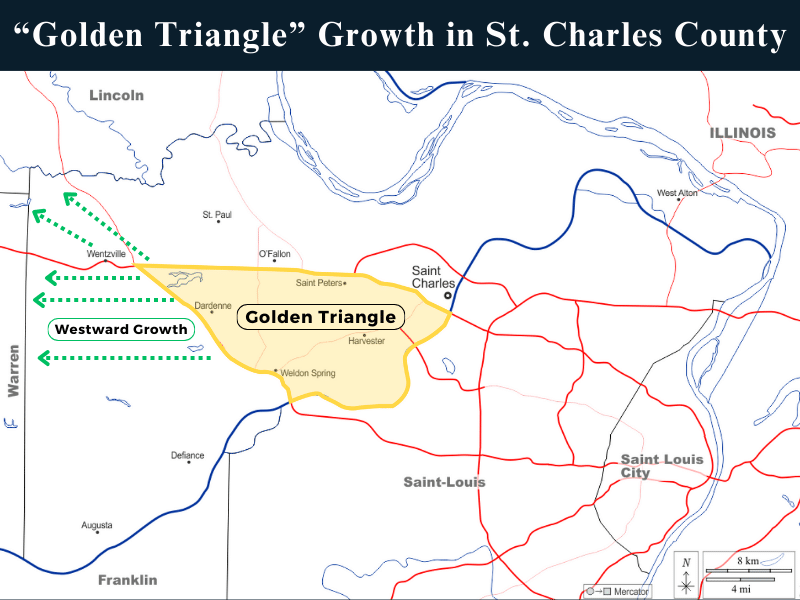
Since the eastern half of St. Charles County has been largely developed, 77% of the population increase by 2030 is expected to occur on the county’s western side.
The expected increase in population by 2030 will require the development of new homes, infrastructure, and public amenities.
As part of the county’s Master Plan Envision 2030, land-use allocation throughout the county will shift, which we discuss later in this report.
St. Charles County Population by City
As a whole, St. Charles County is seeing tremendous growth. However, the growth is not spread evenly across the municipalities and townships within the county.
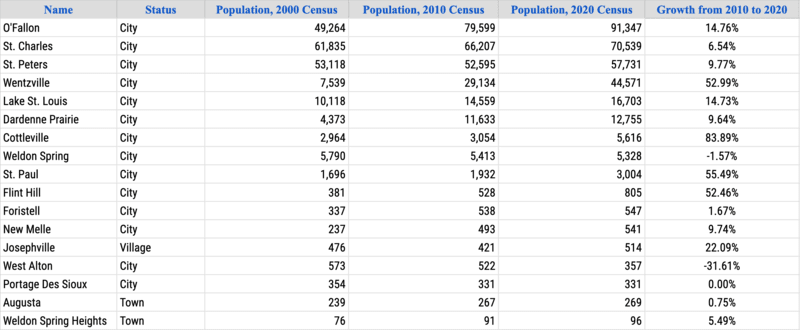
Cottleville has been the fastest-growing city in St. Charles County with an 83.89% increase in population from 2010 to 2020. Wentzville is the fastest growing city with a population over 10,000, seeing a 53% increase over the same 10-year period.
Since 2010, only 2 of the 17 communities in St. Charles County saw a decrease in population: Weldon Spring and West Alton.
Job Market and Workforce in St. Charles County
There are over 9,000 employers in St. Charles County, and the county boasts the lowest unemployment rate in the St. Louis area.
The growing workforce is a major contributor to the rapid job growth in St. Charles County.
As of mid-2023 here are the largest for-profit companies employing workers in St. Charles County (EDC of St. Charles County):
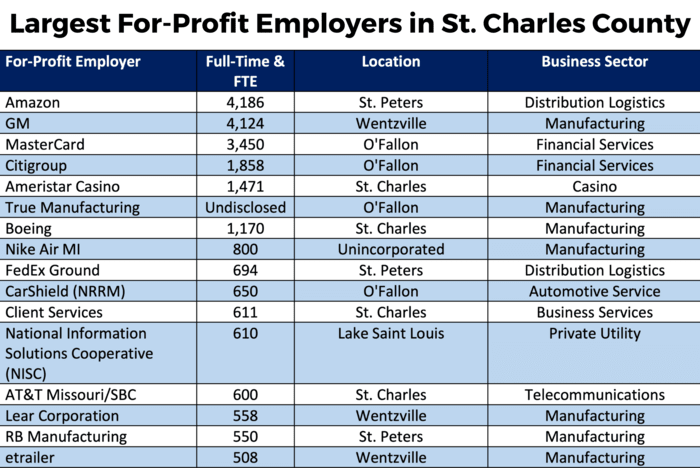
As the population grows, more companies open space in St. Charles County to tap into the workforce.
This includes the development of new office buildings, distribution facilities, medical space, and mixed-use commercial centers.
These are 3 of the major commercial development projects underway in St. Charles County:
- Lakeside Logistics Center: 1.6 million square feet of industrial space in northern St. Peters at 16000 Spencer Road.
- Commerce Park West: Over 200,000 square feet of office and industrial space at 1635 Technology Drive. The anchor tenant, Cat5 Commerce, is moving from Chesterfield to Dardenne Prairie to occupy part of this space.
- SSM Health Outpatient Center: Over 66,000 square feet of medical space set to open in 2024 at 301 Caledonia Parkway in O’Fallon. This is also next to the Streets of Caledonia residential development.

As the business boom in St. Charles County continues, millions of square feet of commercial space are being built, adding hundreds of jobs.
Some companies, like Cat5 Commerce, are reducing their presence in St. Louis County as they open new facilities in St. Charles County.
Wealth Migration to St. Charles County
The population in St. Charles County grows in two ways: natural population increase and in-migration.
Natural population increase occurs when there are more births than deaths.
In-migration occurs when more people move into the county than leave.
Most population growth within St. Charles County is from in-migration from surrounding areas.
Where are People in St. Charles County Coming from?
St. Louis County is the largest contributor of migrating residents to St. Charles County.
When people migrate, their income and assets come with them. This leads to a gain of wealth and tax revenue for the county they move to, and a loss of wealth in the county they moved from.
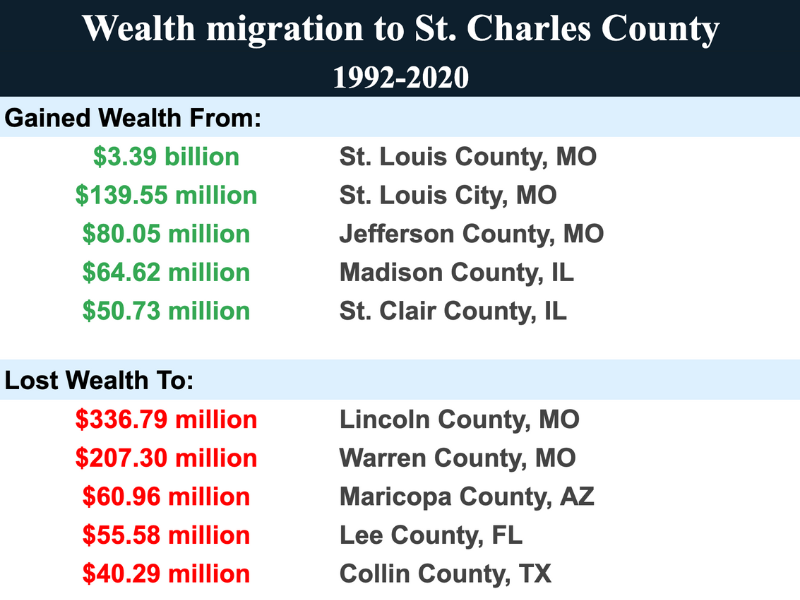
The counties St. Charles County loses the most people to are Warren County and Lincoln County (How Money Walks).
This speaks to the continued westward movement. Some people are leaving St. Charles County to move even further west.
St. Charles County Housing Statistics
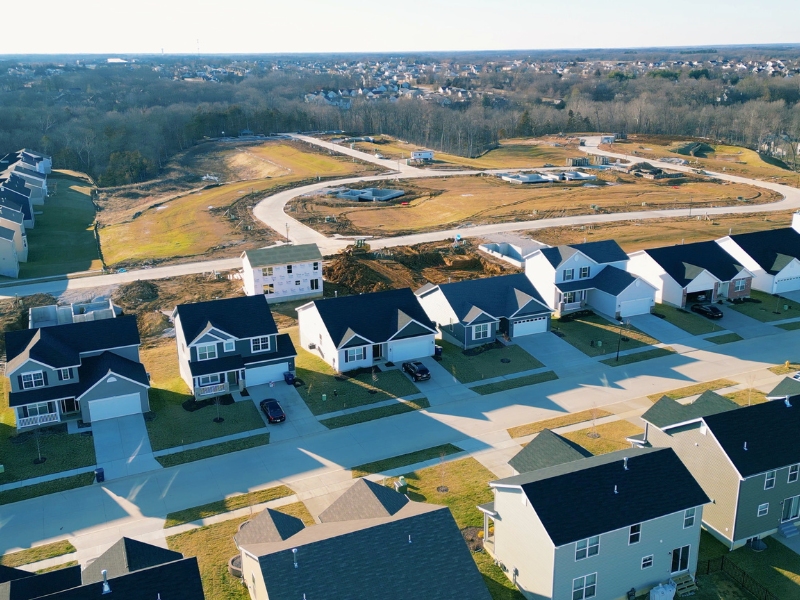
As of July 1, 2022, the county estimates that there are 167,483 housing units (source: census).
This includes all residential units between attached/detached homes, multi-family, and separate living quarters.
Median Home Values in St. Charles County
The following median values represent a 12-month rolling average from MLS sales occurring from August 2022 to August 2023:
- Single Family Home: $350,000
- Townhome: $230,500
- Condo: $249,100
Housing Growth in St. Charles County
Over the last 10 years, residential building permits have increased throughout the county by 43.42% from 1,815 permits in 2012 to 2,603 in 2022.
There are far more single-family permits issued compared to multi-family.
On average, the ratio between single-family to multi-family permits approved in St. Charles County is 75 to 25.
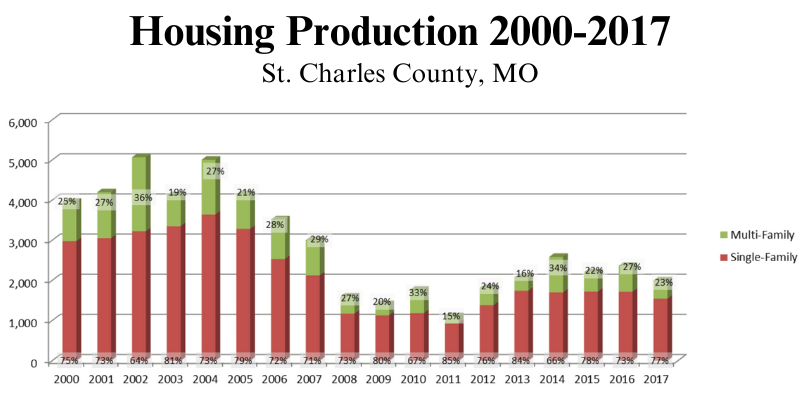
There are roughly three times more permits issued for single-family homes than multi-family homes (Master Plan Envision 2030 Appendix A).
Based on data from the American Community Survey (ACS) and St. Charles County Assessor’s Office, 82 percent of all housing units are single-family (detached and attached), while 15 percent are multi-family.
St. Charles County estimates that by 2030, over 28,820 additional single-family housing units will be needed to accommodate population growth.
Here’s the breakdown of attached/detached housing needed by 2030:
- Approximately 70% of new units will be detached dwellings, 20,174 units
- Approximately 30% of new units will be attached dwellings, 8,646 units
While the predominant housing choice from 2000 to 2010 was detached single-family homes, St. Charles County expects an increase in demand for attached units like townhomes and villas.
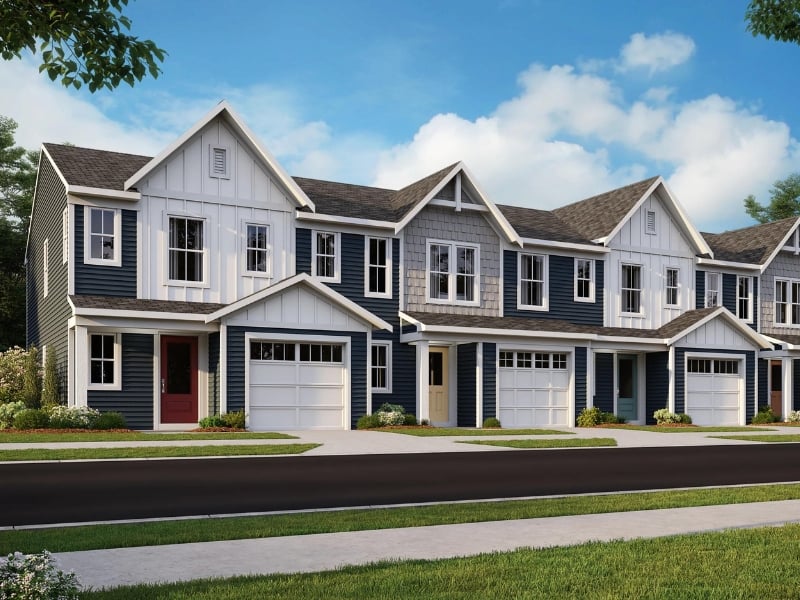
Meeting the demand for housing by 2030 is a big concern for St. Charles County. There will need to be enough new homes built to accommodate the population growth.
St. Charles County Land Use and Projections
As part of St. Charles County’s 2030 Master Plan, they estimate the following changes in land use from 2018 to 2030 to satisfy population growth.

Agricultural land use is the only category expected to decrease by 13.83% while the following are expected to increase:
- Residential land use: 14.63% increase
- Commercial land use: 20.55% increase
- Industrial land use: 20.53% increase
- Government land use: 18.95% increase
- Education land use: 3.64% increase
- Parks: 18.95% increase
This shift in expected land use across sectors will require infrastructure development to keep up.
Inefficient development will become a huge cost to the county and municipalities if they cannot meet the demand for this growth.
Given the high rate of population growth, St. Charles County has established the following priorities to meet housing demand:
- Establish high-growth areas where infrastructure and utilities can be provided
- Coordinate zoning for land uses based on projections
- Encourage in-fill development
- Promote mixed-use and cluster residential development where appropriate
Parks and Recreation Data in St. Charles County
Given the high growth of St. Charles County, parks, recreation, and outdoor space are big priorities for providing citizens with adequate recreational space.
St. Charles County currently includes:
- Over 6,500 acres of parks that are administered by various municipalities
- 123 miles of trails region-wide from the Great Rivers Greenway District
- 35,371 acres of dedicated conservation area
The Future of St. Charles County
With over 20 years of St. Louis real estate experience, we’ve had the opportunity to witness the transformation of St. Charles County.
While there has been tremendous growth over the last 20 years, we believe the next 20 will be even more transformative. At Gateway Realty Group, we are extremely excited for the future of St. Charles County.
From new construction communities to brand-new recreational facilities, and all the parks to enjoy, this part of St. Louis is one of our favorites.
We are beyond grateful for every client we’ve worked with in St. Charles County and the greater St. Louis metro. Serving the community is by far the best part of the job!





